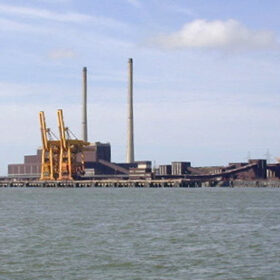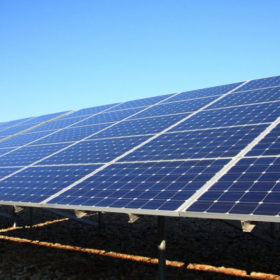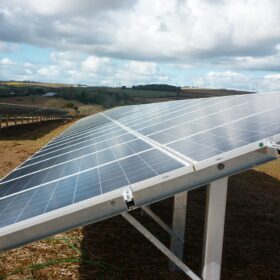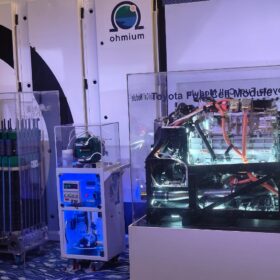The role of advanced transformers in India’s green transition
Without resilient, responsive, and renewable-ready transformer networks, India’s decarbonization goals risk being destabilized by the very variability they aim to harness.
Ireland shuts last coal plant, becomes 15th coal-free country in Europe
Moneypoint in County Clare, Ireland, joins the ranks of other European nations exiting coal by shutting off power generation at its sole remaining coal plant. Industry observers say Ireland’s increased renewable energy generation in recent years, particularly in wind, has contributed to this milestone. Moneypoint now functions as a backup oil burner under emergency instruction, but it is no longer active in the wholesale electricity market.
Automation and AI in driving evolution in solar operations
The solar energy industry is capitalising on the integration of automation and AI. These technologies play an integral role in transforming solar operations from reactive and manual processes into intelligent, predictive and highly efficient systems.
Hitachi Energy India Q4 revenue up 13.1% YoY
Hitachi Energy India has reported a revenue of INR 1,921.9 crore in January–March 2025, a YoY growth of 13.1%. Profit after tax is 61.8% up YoY at INR 183.9 crore.
Siemens Ltd new orders up 44% yoy in Jan-Feb-March quarter
Siemens Ltd has secured new orders worth INR 5,305 crore in the quarter ended March 31, 2025, 44% up year-on-year. Revenue for the quarter increased 2.6% to INR 4,259 crore.
How AI is optimizing solar plant efficiency
Artificial intelligence (AI) is changing the world of solar energy as it allows plants to monitor, learn and adapt in real time. Given enormous data collected from several sensors, smart meters, drones, and even weather stations, AI systems utilize machine machine learning algorithms to optimize performance, predict problems and even detect patterns.
Securing the sun: How PV industry can thwart cybercriminals
Australia’s rapidly growing solar PV industry faces mounting cyber risks that no operator can afford to ignore. PV systems rely on intricate supply chains, incorporating hardware and software from multiple vendors. Each link in this chain – be it a component manufacturer, a software provider, or a maintenance contractor – can introduce potential entry points for cyberattacks.
Hithium unveiles 6.25 MWh BESS, sodium-ion battery cell, installation-free home microgrid
A trifecta of cutting-edge products debuted at Hithium’s second Eco Day event held in Beijing.
Hitachi Energy advances energy forecasting with new AI solution
Hitachi Energy’s Nostradamus AI solution enables users to make better decisions by quickly generating accurate forecasts for solar and wind generation, market pricing, load, and more.
Pathway to a green transition
In this article for pv magazine, Naresh Mansukhani, chief executive officer, Juniper Green Energy, writes about the barriers to India’s transition to green energy and suggests the way forward.















